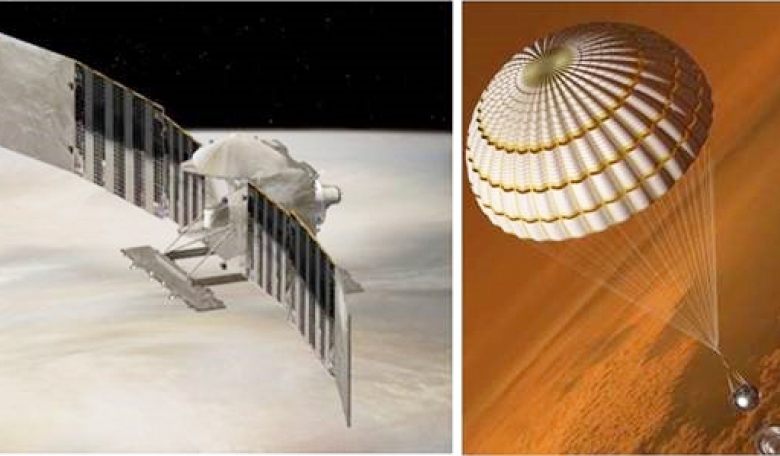NASA’s new administrator Bill Nelson announced 2 June a pair of “sister missions” to explore Venus while also affirming aspects of the US’s Moon plans, including an apparent commitment to the heavy-lift rockets he personally shepherded into law more than a decade ago as a member of Congress.
A former Democratic US senator from Florida, Nelson served several years in the Senate at the same time as now-President Joe Biden in the early 2000s. Nelson lost his seat in 2018. Biden nominated Nelson to lead NASA under the new administration and the current Senate unanimously approved his nomination in April.
Between pre-recorded video segments promoting the agency, including one by actor William Shatner, Nelson delivered remarks via livestream from NASA headquarters where he was attended by high-ranking public servants from the agency.
Nelson said NASA will launch two Discovery Program missions - VERITAS and DAVINCI+ - to Venus to discover “the truths of this clouded planet” and “to understand how Venus became an inferno-like world capable of melting lead at the surface”.
The missions are budgeted about $500 million each, according to a NASA description posted online the same day. NASA describes Discovery missions as “smaller” than its “flagship” planetary science missions. Discovery missions include the Lunar Reconnaissance Orbiter and InSight Mars lander.
DAVINCI+ stands for Deep Atmosphere Venus Investigation of Noble gases, Chemistry, and Imaging. It’s meant to analyse the composition of Venus’ atmosphere by plunging a ‘descent sphere’ through it while also collecting images of features on the surface that may help scientists figure out whether Venus had an ocean or plate tectonics like Earth.
VERITAS, meanwhile, is short for Venus Emissivity, Radio Science, InSAR, Topography, and Spectroscopy. Its purpose is to map Venus’ surface from orbit with radar and infrared sensing, partly to figure out whether active volcanoes currently release water vapour into the atmosphere. NASA expects the two missions to get underway in the “2028-2030 timeframe”, according to the release.
Nelson also reaffirmed in his remarks the Biden administration’s intent to continue the Artemis missions to the Moon, starting with the first uncrewed flight this year.
“We’re assembling the rocket at this very minute down at the Kennedy Space Center,” Nelson said. “That rocket is the Space Launch System (SLS). It will launch our Orion spacecraft and cargo missions to lunar orbit and beyond.”
“Beyond” may suggest he expects NASA to continue building the expendable rockets after the first three it’s already begun and that are meant to see astronauts through the first Artemis landing.
“And soon - I mean, like, days - we’re starting to stack that massive core stage between its two boosters in the vehicle assembly building at KSC,” Nelson added, saying the first SLS for the uncrewed test flight “will be the most powerful rocket in the world - 8.8 millions pounds of thrust at launch.”
Nelson co-wrote the 2010 NASA Authorization Act requiring the development of SLS and that it rely “to the extent practicable,” according to the law, on contracts, assets and workforces already in existence at the time and using components derived from the Space Shuttle.
The development programme to build the first SLS is years behind schedule and billions of dollars over budget.
In terms of the first Artemis Moon landing, the Biden administration has doubled down on the Trump team’s pledge to land the “first woman and next man” on the Moon, saying NASA now will try to place “the first woman and first person of colour” there instead, which Nelson reiterated.
He did not say what their mission would be. Nor did Nelson mention a date for the astronaut landing, which the previous administration said would happen in 2024. That claim is the subject of ongoing scrutiny by official watchdogs.
Earlier in his congressional career, Nelson had the good fortune to serve as a payload specialist doing medical experiments aboard the Space Shuttle Columbia. He said his experience looking down on the planet made him “more of an environmentalist,” which he suggested complements the administration’s plan to elevate Earth science by establishing the Earth System Observatory.
“We can be proud that all this work is good for science and humanity, and it also supports and creates good paying American jobs,” Nelson said.











